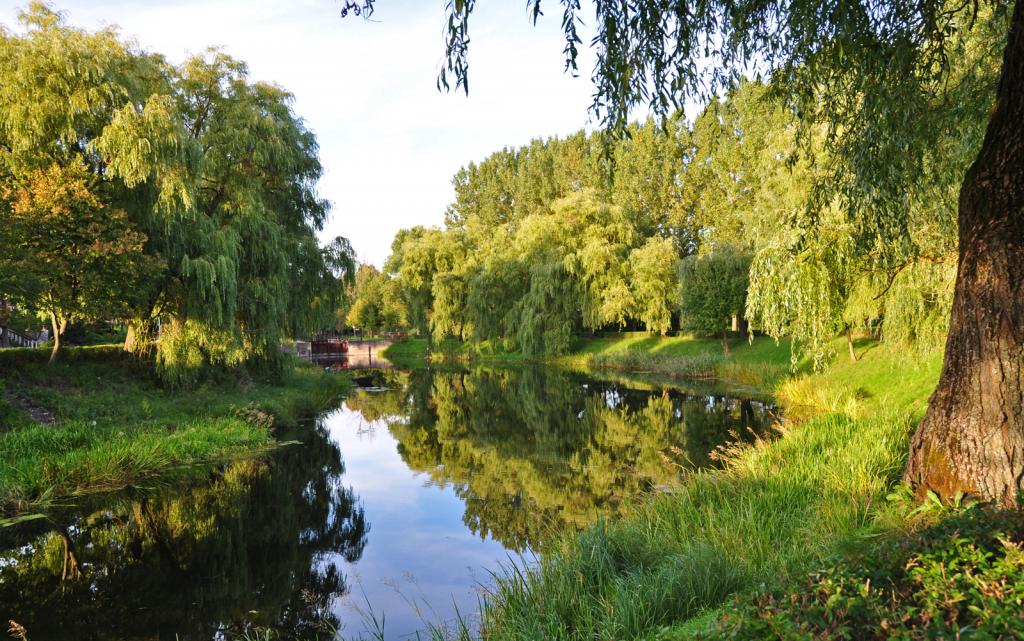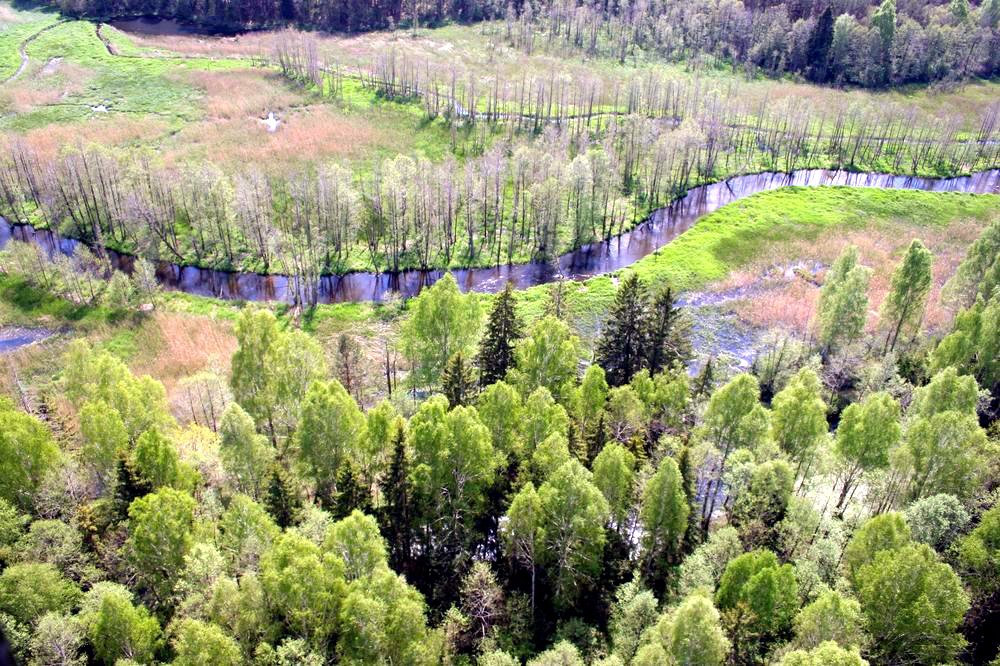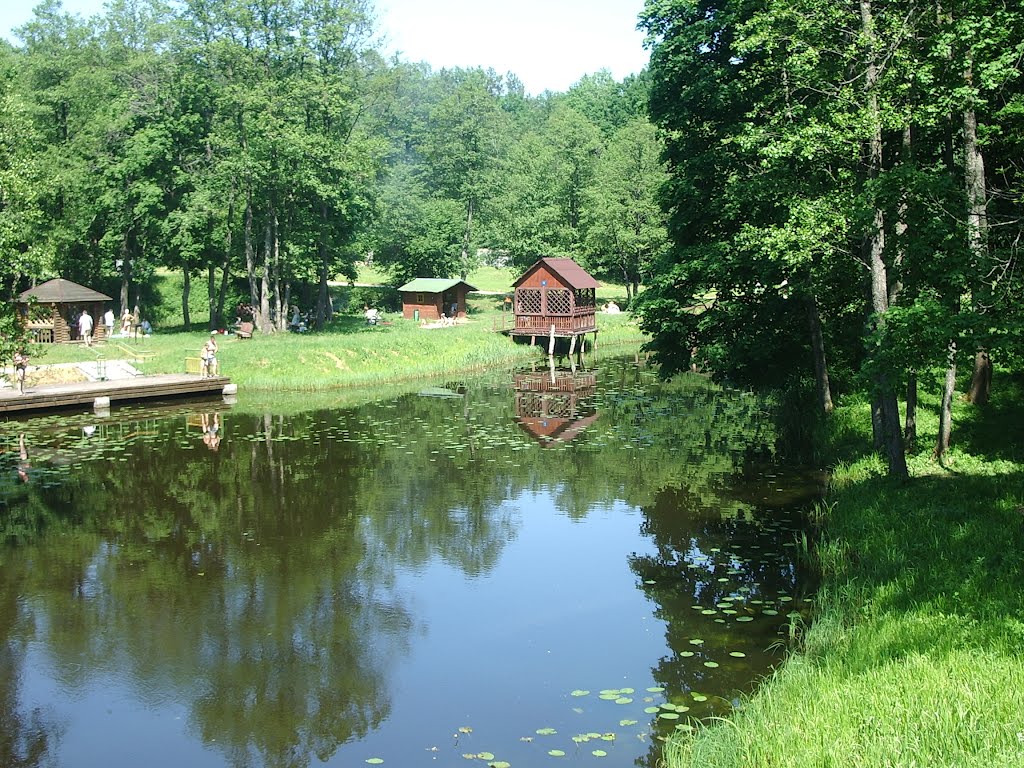The Augustów Canal is a cross-border canal built in the 19th century in the present-day Podlaskie Voivodeship of northeastern Poland and the Grodno Region of north-western Belarus (then the Augustów Voivodeship of the Kingdom of Poland). From the time it was first built, the canal was described by experts as a technological marvel, with numerous sluices contributing to its aesthetic appeal.
It was the first summit level canal in Central Europe to provide a direct link between the two major rivers, Vistula River through the Biebrza River – a tributary of the Narew River, and the Neman River through its tributary – the Czarna Hancza River, and it provided a link with the Black Sea to the south through the Oginski Canal, Daugava River, Berezina Canal and Dnieper River. It uses a post-glacial channel depression, forming the chain of Augustów lakes, and the river valleys of the Biebrza, the Netta, the Czarna Hancza and the Neman, which made it possible to perfectly integrate the Canal with the surrounding elements of the natural environment.
The reasons behind the construction of the Augustów Canal were both political and economic. In 1821 Prussia introduced repressively high customs duties for transit of Polish and Lithuanian goods through its territory, which practically blocked the access of Polish traders to the Baltic Sea through the Vistula River. In 1822 the Kingdom of Poland was granted commercial autonomy from Russian Empire's customs area. In the years 1823–1839 a waterway was constructed, bypassing the Prussian territory, intended eventually to link, via the Windawski Canal, the center of the Kingdom of Poland with the Baltic seaport of Ventspils. This goal was relinquished due to unrest caused by the 1830–1831 November Uprising against Russia and revised trade agreements with Prussia. The completed part of the Augustów Canal remained an inland waterway of local significance used for commercial shipping and to transport wood to and from the Vistula and Neman Rivers until rendered obsolete by the regional railway network.















